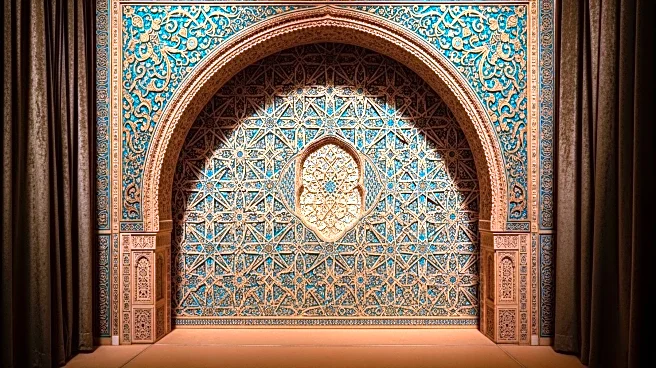The Alhambra's construction was a monumental task that required visionary leadership and strategic planning. Built by the Moorish rulers of Granada in the 14th century, the complex reflects the leadership qualities of the Nasrid dynasty, who sought to create a self-contained palace-city that would stand as a symbol of their power and cultural sophistication.
Leadership Context
The leadership context during the Alhambra's construction was marked by the Nasrid dynasty's desire to establish a stronghold in Granada. The rulers aimed to create a fortress that would serve both as a defensive structure and a luxurious palace, showcasing their wealth and influence. This vision required careful planning and coordination among architects, artisans, and laborers.
Decisions and Strategies
The Nasrid rulers made strategic decisions to ensure the Alhambra's grandeur and functionality. They employed skilled artisans to create intricate designs and utilized advanced engineering techniques to construct the complex's water supply system. The choice to build on a hilly terrace provided strategic advantages, offering commanding views and natural defenses.
Outcomes and Accountability
The successful completion of the Alhambra demonstrated the Nasrid dynasty's effective leadership and accountability. The complex became a symbol of their reign, attracting visitors and dignitaries from across the region. Its preservation over the centuries is a testament to the enduring impact of their leadership decisions.
Lessons for U.S. Audiences
For U.S. audiences, the leadership behind the Alhambra's construction offers valuable lessons in strategic planning, cultural integration, and architectural innovation. The complex serves as an example of how visionary leadership can create lasting legacies that transcend time and geography.
 Discover Daily • 8 min read
Discover Daily • 8 min read 









